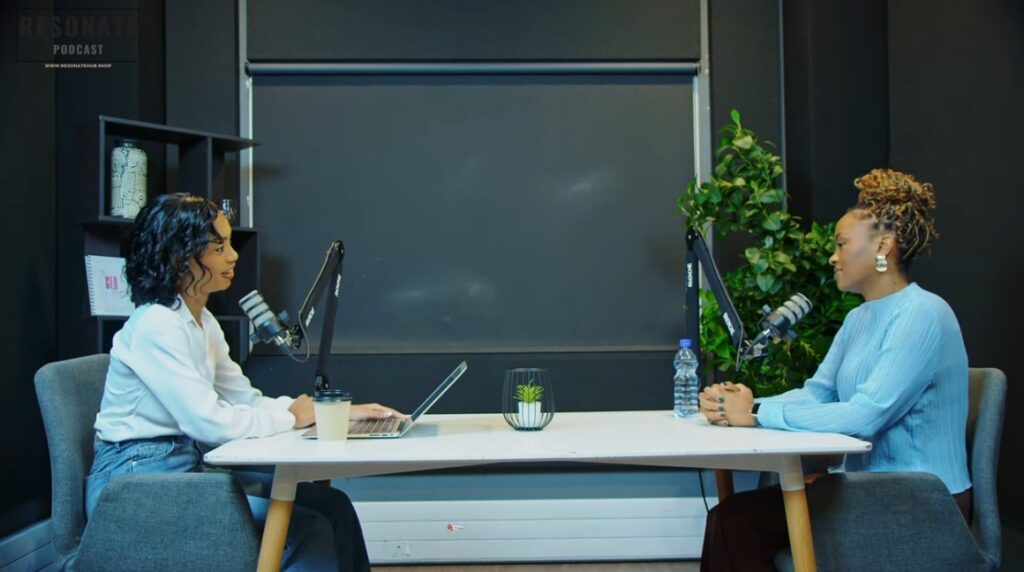Unleashing the Power of Paper Recycling
In the world of recycling, the paper industry stands out as a shining opportunity. The paper recycling business is set to reach a staggering $7.5 billion in size by 2024, growing at a compound annual rate of 5.7% from 2024 to 2034. This lucrative industry thrives on the fact that most paper producers prefer to purchase recycled paper, as it costs about 25% less than non-recycled paper and produces fewer carbon dioxide emissions during manufacturing.
Capitalizing on the Glass Recycling Boom
Another overlooked gem in the recycling landscape is the glass recycling business. Valued at $3.2 billion in 2022, this industry is expected to grow at a compound annual rate of 5.5% from 2023 to 2029, reaching a remarkable $44.98 billion by 2029. The abundance of discarded glass bottles, often scavenged by enterprising individuals, presents a prime opportunity for those willing to invest in this thriving sector.
Tapping into the Plastic Recycling Goldmine
The plastic recycling business is one of the most lucrative recycling opportunities, particularly due to the rising prices of the raw material, oil, used in manufacturing plastic products. This has led to an increased demand for recycled plastic, making it a highly attractive investment opportunity. By leveraging the readily available supply of waste plastic bottles and jars, entrepreneurs can capitalize on this booming industry.
Repurposing Cooking Oil: A Sustainable Solution
Surprisingly, the recycling of cooking oil is another often-overlooked business opportunity. The used oils from restaurants, fast-food joints, and households can be repurposed and reused for the production of various products, such as candles, soaps, and even as a raw material for the manufacturing of items like paints, lotions, and tires. This recycling process not only conserves resources but also supports a more sustainable future.
Transforming Tires into Profit
The tire recycling business offers a unique and cost-effective opportunity for startups in the recycling industry. This model involves the transformation of used tires into valuable commodities like oil or diesel, which can then be utilized for various purposes. With a low startup cost and minimal risk, the tire recycling business is an attractive option for those looking to enter the recycling market.
Cashing in on Aluminum Can Recycling
The aluminum can recycling business presents another lucrative opportunity. By collecting, cleaning, and processing discarded aluminum cans, entrepreneurs can create a steady stream of revenue. This process involves sorting, crushing, shredding, remelting, and resolidifying the aluminum to produce new products, making it a versatile and profitable venture.
Harnessing the Power of Cardboard Recycling
The cardboard recycling business is another overlooked gem in the recycling industry. Cardboard, commonly known as “catons,” is a highly recyclable material that is often discarded or burned, contributing to environmental pollution. By collecting, sorting, shredding, pulping, and filtering the corrugated and chipboard types of cardboard, entrepreneurs can create new products and contribute to a more sustainable future.
Recycling Construction Waste: A Sustainable Approach
Construction sites generate a variety of waste materials that can be recycled and repurposed, presenting another lucrative recycling business opportunity. This includes the recycling of concrete rubble, wood, and other building materials. By transforming these waste products into new items like engineered wood, compost, mulch, and furniture, entrepreneurs can not only make a profit but also reduce the environmental impact of construction activities.
Reviving Discarded Furniture
The recycled furniture business offers a unique opportunity to transform discarded office and household furniture into new products. This involves the recycling of wood, plastic, glass, and aluminum materials found in furniture. By repurposing these materials, entrepreneurs can reduce the demand for virgin resources and contribute to a more sustainable economy.
Comprehensive Garbage Recycling: A Holistic Approach
The garbage recycling business encompasses a wide range of recycling opportunities, including the transformation of food waste into valuable products like fertilizers or renewable energy. This holistic approach to recycling not only reduces waste but also contributes to the production of essential resources, making it a highly impactful and lucrative business venture.
In conclusion, the recycling industry in Africa presents a wealth of untapped opportunities for entrepreneurs and investors. By exploring these 10 lucrative recycling business ideas, individuals can not only capitalize on the growing demand for sustainable solutions but also contribute to the betterment of their communities and the environment. Embracing the power of recycling can unlock a future of financial prosperity and environmental stewardship.















